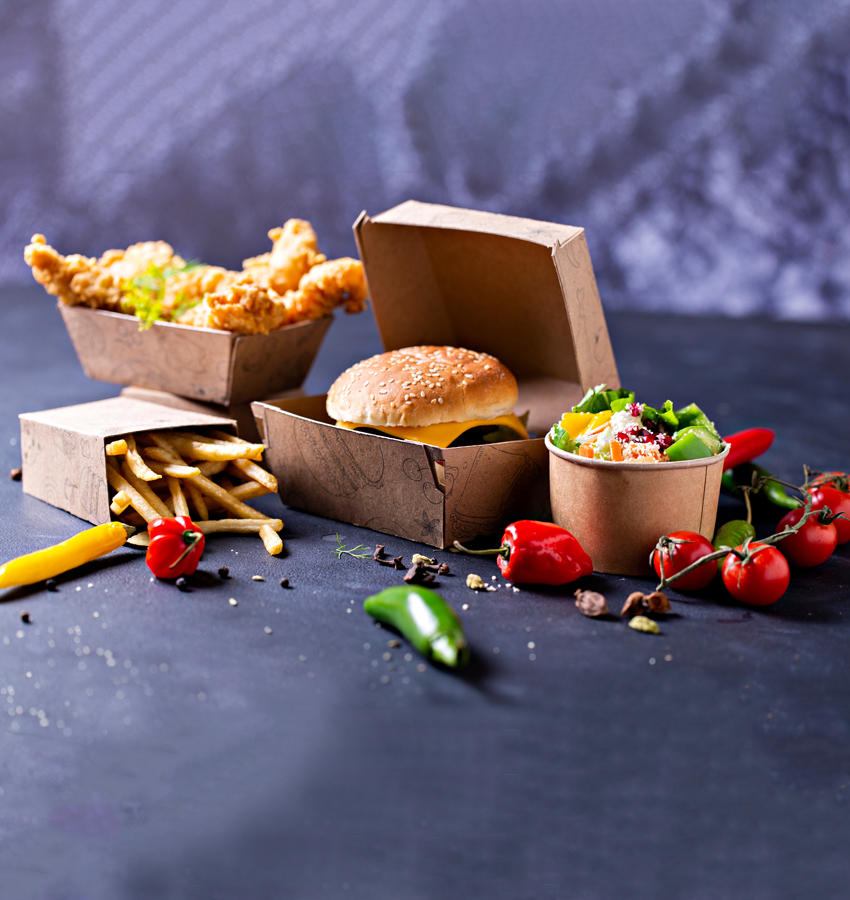
Packaging is a dynamic field. Marketing, cost, and regulatory pressures keep the industry on its toes. While a black swan event like the Covid-19 Pandemic and its aftermath might have been a “New Normal” for the general populace. The packaging industry has been dealing with new normals every few years for decades, necessitated by new products, greater distances, new modes of transportation, changing quality standards, social norms, and many other factors. In this blog let’s explore the Upcoming biggest packaging trends we could witness.
As a result, the packaging industry is one of the early adopters of new technology. In this decade, two major influences on packaging will be the continued spread of connectivity and computerization; and seriousness about environmental impact. Therefore we believe the big packaging trends will be around new materials. New manufacturing methods, and Smart packaging.
New Materials
The major drivers in the research around new packaging materials are sustainability, and efficiency.
Sustainability-driven research looks to achieve two goals. Finding sources for feed stock outside the fossil-fuel supply chain, such as from recycled materials, bio-waste, etc.; and ensuring post-use disposal can happen in bio-sustainable ways, such as composting. A big drive in this area is to develop a new class of Bioplastics. Bioplastics are derived from plant sources like cellulose, and combine the versatility and weather-proof qualities of plastics with the biodegradable quality of a sustainable material. Beyond bioplastics, the big trends are likely to be around other plastic replacement materials, such as edible packaging for food and water, paper-based primary packaging for FMCG goods like Toothpaste and ketchup bottles, etc.
Efficiency is about creating smaller packages while providing better protection. This is where nanotechnology comes into play. Materials like Nanocomposites can be derived from Bio sources, and combine superb material properties with bio-sustainability. Stronger but thinner materials means rigid packaging could theoretically be replaced with flexible packaging. While providing the same degree of protection. More on Nanomaterials later.
New Manufacturing Methods
Packaging has been made by continuous manufacturing processes for a long time. Large runs, whether of cardboard, flexible packaging, or other materials have been key to keeping costs down. Unfortunately those methods also lead to waste. While it has only been used in limited applications so far, 3D Printing is the most promising technology in packaging. While do don’t expect to see 3D printing packages for low-cost items anytime soon. We absolutely expect them for high-cost items like auto parts, jewelry, and other expensive consumer goods, as well as for B2B applications. This would have several advantages, including custom-fitting, low wastage, and distinctiveness. Which could be used advantageously by marketers in a variety of imaginative ways. 3D printing could also be the key to creating a new class of thin-film packaging based on nano-materials that are stronger than steel yet lighter than spidersilk!
Smart Packaging
Smart Packaging refers both to so-called Active Packaging, and interactive packaging. An Interactive package uses sensors and feedback to “talk” about itself. For example, an interactive milk pack could actually test the quality of the milk inside, or track the date of origin. To signal to an automated shelf or a person equipped with a scanner to prioritize its sale. Other interactive package applications would include trackability. Which is especially important for expensive, perishable, or sensitive products in transit, from expensive art to security-related materials.
Active packaging is a sub-set of Smart packaging which completes certain actions to maintain the quality of the product inside. For instance, a Graphene coating can be used to monitor specific biochemical or microbial changes inside the package to detect gas or bacterial presence1, and a different system can release regulated amounts of retardants, like oxygen scavengers to retain freshness.
Conclusion
These are just a few examples of potential near-term packaging innovations. The packaging industry is constantly evolving, and new technologies and materials are being developed all the time. It will be interesting to see how these innovations and others will shape the future of the industry in the next two to three years.
Bibliography
- https://www.ncbi.nlm.nih.gov/pmc/articles/PMC9094098/



